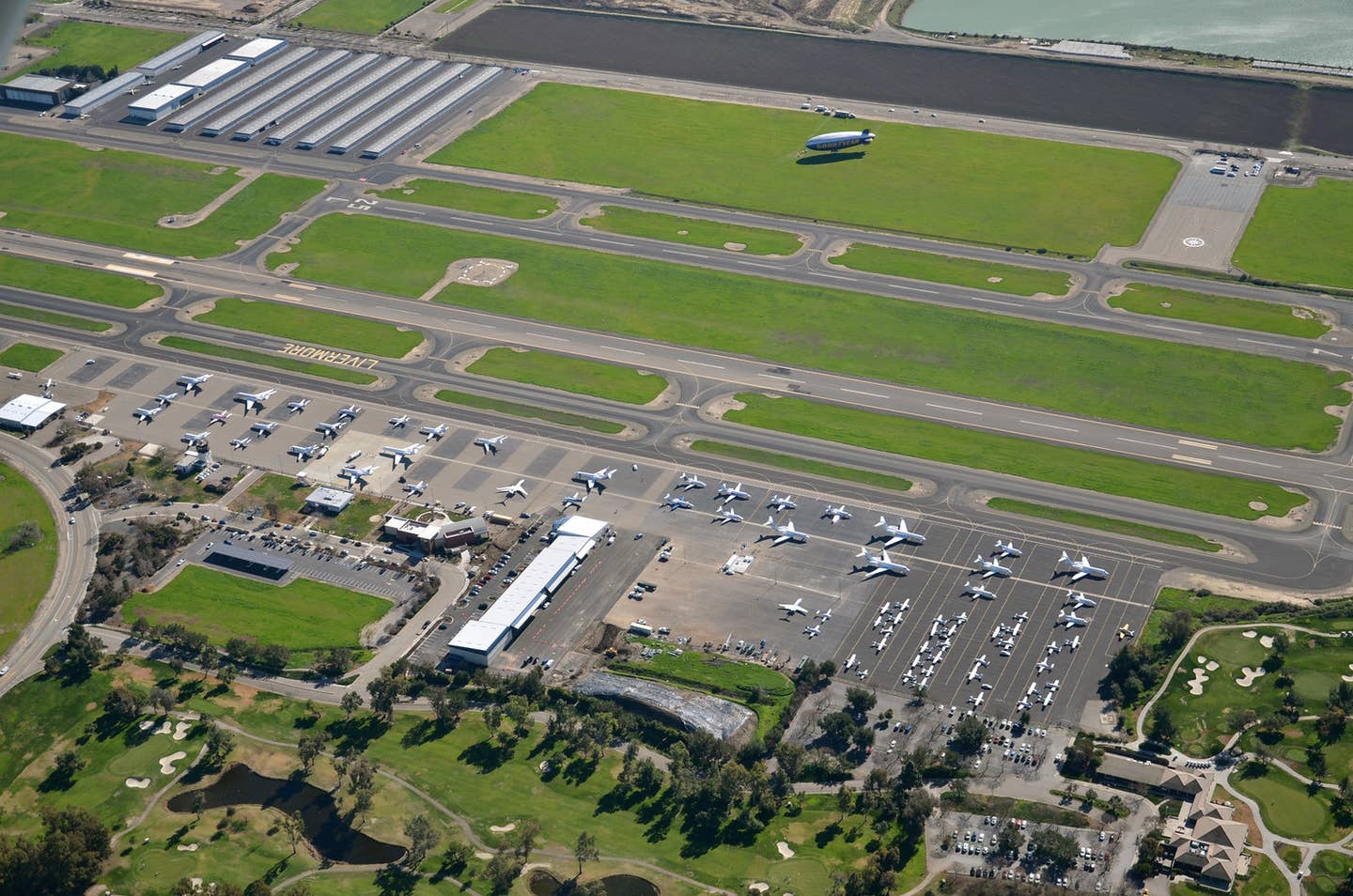Livermore, California, Mandates Providing Unleaded Fuel At Its Airport
The city council of Livermore, California, has approved a resolution that would require the FBO at the city-owned airport to provide unleaded fuel within 24 months. According to a story…

The city council of Livermore, California, has approved a resolution that would require the FBO at the city-owned airport to provide unleaded fuel within 24 months. According to a story in local online news outlet Pleasanton Weekly, the resolution amends the airport’s “minimum standards for commercial aeronautical activities” with the new requirement to make unleaded fuel available.
Peter Sandhu, owner and CEO of Five Rivers Aviation at Livermore, told AVweb the ruling is driven by “a very small, vocal group” of local citizens that he believes were emboldened by the situation at nearby Reid-Hillview Airport, where local government has mandated banning the sale of leaded 100LL fuel. But the Livermore City Council ruling does not ban the sale of 100LL. It simply cites the requirement to make unleaded aviation fuel available. And it also leaves an opening for extending the 24-month deadline if a suitable unleaded fuel is not readily available at that time. That leaves Sandhu with some interesting options.
“I have a 1,000-gallon fuel tank that I could use to supply unleaded fuel,” he said, “and [Swift] 94UL is easy to get. The tank meets or exceeds all the applicable standards, but because it was not manufactured by one of the four companies on the ‘approved’ list, I have not been able to get it approved by the city. It’s hooked up and ready to go, so, ironically, this ruling could work in my favor.”
But Sandhu said he is skeptical of the return on investment in providing an unleaded fuel option, even with a large contingent of homebuilts and other sport aircraft at his airport—aircraft that can safely use lower-octane 94UL (as opposed to higher-powered aircraft that need more octane). He cited the example of nearby Watsonville Airport, where 94UL is available (at a price differential of about 70 cents above 100LL) but constitutes only about 10 percent of fuel sales. If the ratio were applied to Livermore, that would amount to about 80 gallons per day.
Still, he realizes that the long-term benefits are potentially attractive. Even with the uncertainty of how the transition to unleaded avgas will shake out, dipping a toe in the UL pool at this stage would be relatively inexpensive for his business—about $18,000 in fees and permits for the tank. If Swift 94UL were to lose out to another candidate for ASTM fleet-wide approval, switching suppliers would be seamless.
The same would be true if he stocked the tank with GAMI’s G100UL high-octane unleaded fuel, available with a still-controversial Supplemental Type Certificate (STC) and at an octane level required for aircraft responsible for 70% of the fuel consumption in the piston GA fleet (including Sandhu’s Piper Malibu). If G100UL doesn’t make the commercial cut, Five Rivers could switch suppliers with its next order.






